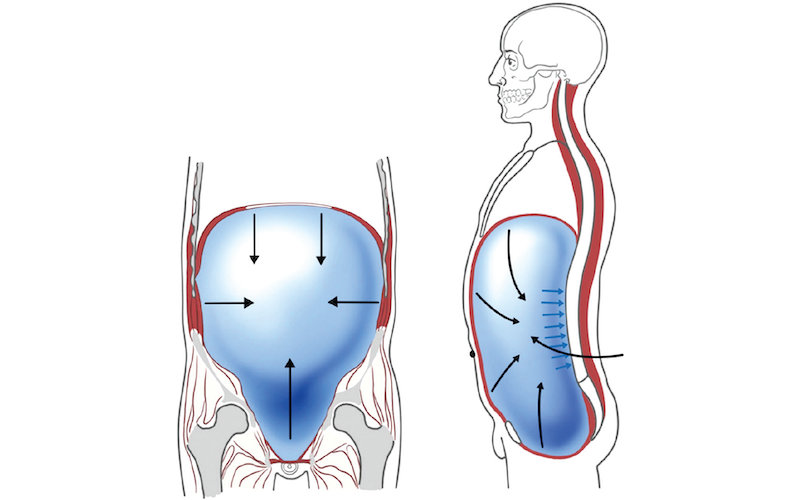
Functional overlap is an organisational principle found within all biological systems and organisms. A feature of this is functional redundancy, which in this context refers to having more anatomical parts than necessary to perform a task. This allows a function to be performed by switching between anatomical parts. Co-option refers to this ability – where an anatomical part can be employed for different functions. In some movement and biomechanical contexts this arrangement is referred to as the ‘degrees of freedom problem’. Rather than being a problem, this is an evolutionary solution which enables flexible repertoires of movement.
Function is rarely discrete, exclusive or distinctly localised to one anatomical part. Boundaries blur and co-option is the rule rather than the exception. Evolution favours organisms which carry spares and have the capacity to adapt.
Under certain conditions, functional overlap can have some unfortunate and maladaptive consequences in relation to breathing.
Respiratory movement is the result of coordinated, distributed and integrated muscle activation – across overlapping anatomical territories with competing demands. These complex patterns of muscle activation have been characterised in studies using electromyography combined with pressure sensors located in multiple body cavities. Analysis of breath-to-breath variability in muscle activation, has shown the presence of signature dysfunctional patterns in a range of conditions including emotional stress, panic disorders, asthma, urinary incontinence and low back pain.
FEATURED IMAGE:
Clare Frank: Dynamic neuromuscular stabilization and sports rehabilitation (2013).
